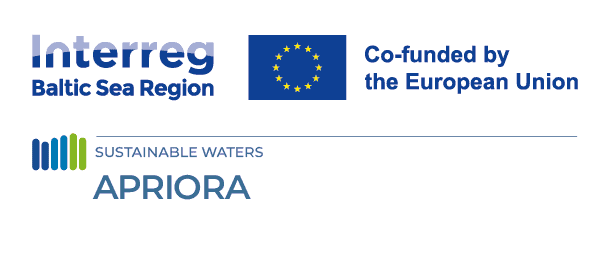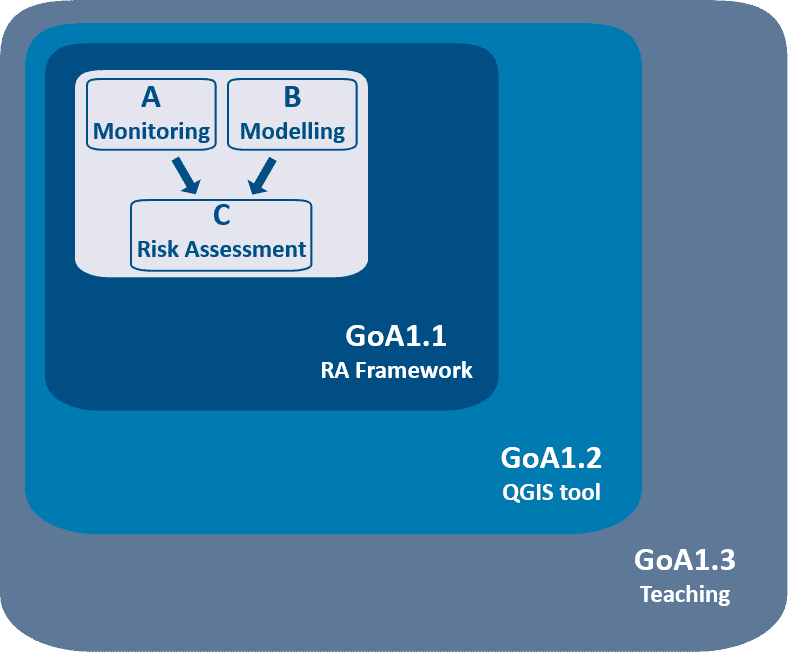
Successful start of target group webinar series
02 August 2024
The interreg project APRIORA is running at full speed. Our transnational team of scientists and practitioners focusses currently on the three core modules of the solution: A Monitoring, B Modelling and C Risk Assessment. At the same time, they also prepare the uptake of this scientific content into a user-friendly tool accompanied by related teaching elements.
However, even if the solution is not completely prepared yet, we aim to involve our target group at this stage. Their feedback and early involvement is crucial for developing a well-targeted product. Do we exactly meet their needs? Do they understand how this solution may help them/bring them forward in their current and future challenges? In which aspects can we further adjust our work and do we really pick up the target groups successfully?
Webinar contents concisely – current activities and proceedings in preparation phase
For this purpose, SYKE and URO initiated the first target group webinar of a planned series throughout the project lifetime. On June 19th, we were happy to welcome more than 20 interested participants representing both project partners and associated organisations.
The webinar started with a broad project overview. Our lead partner introduced the core modules and their relevance within the whole project structure. Based on this, each of the three modules followed as presentations within the webinar. This is a short description of the modules:

- A Monitoring: Four campaigns within a year deliver pharmaceutical concentrations and flow data of rivers and wastewater treatment plants (WWTPs). The selection of substances and monitoring locations is strategically in planning.
- B Modelling: Estimated data on emitted loads and ambient water concentration support monitoring results and allow a transfer of concentrations to non-monitored river sections and WWTPs. We use available consumption data to estimate the human pharmaceutical emission via WWTPs, the regionalization method can distribute the accumulated flow volume to upstream sub-catchments.
- C Risk Assessment: Monitored and modelled concentrations result in certain risks towards the environment, human use and human health with regard to antimicrobial resistance.
Feedback and further steps
In the final discussion session, participants expressed that the webinar presentations helped to understand the main target and core modules of the APRIORA solution. Approximately five potential end-users with QGIS experience participated. We were able to clarify minor understanding problems and to get a first feedback from the audience. At this stage of the project, this level of input was appropriate and well understandable according to listeners’ statements. Summing up, this webinar was a promising start to cooperate interdisciplinary.
In the remaining time of the preparation phase, project partners and associated organisation will strengthen their national cooperation in the pilot regions and further develop the solution together with our target groups. Piloting activities start in November and will give the opportunity to adjust and re-evaluate the concepts on all levels. In order to exchange experiences, the next webinar is pending…
You are a member of our partner or associated organisation and missed the first webinar? No problem. Please reach out to our coordinator Alena to get access to the recorded presentations.





